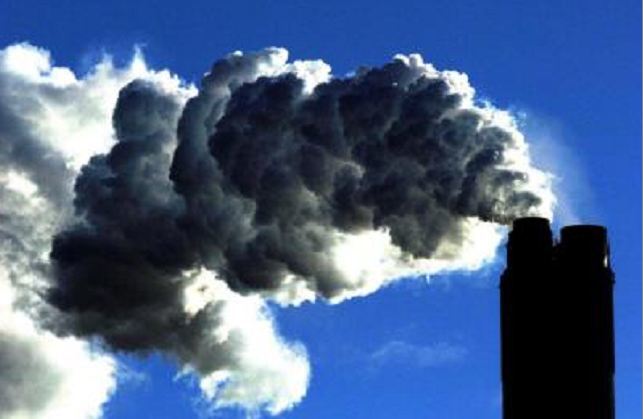
Pledges made by countries to cut greenhouse gases up to 2030 make it possible to avoid dangerous climate change, but only with much bigger and expensive action in the future, a report suggests.
National climate plans put forward by scores of countries to cut emissions over the next 10 to 15 years, ahead of crucial UN talks in Paris on a new climate deal, “begin to make a significant dent” in the growth of greenhouse gases, UN climate chief Christiana Figueres said.
But campaigners warned the promises are not bold enough, in the face of the dangerous climate change expected with global temperature rises of more than 2C, and countries will need to urgently ramp up ambition.
Countries have agreed to keep temperatures from rising by more than 2C above pre-industrial levels, a threshold beyond which the world is likely to see higher sea level rises, more flooding, droughts, loss of wildlife, food insecurity, migration and conflict.
The report published by the UN’s climate body assessing plans by 146 countries and the European Union found they kept open the possibility of meeting the 2C target.
Without more action starting now or in 2020, however, the needed emissions cuts would not be achieved at the least cost, requiring much steeper and more expensive reductions after 2030.
The report does not spell out what temperature rises the climate pledges, known as intended nationally determined contributions (INDCs), put the world on track for because of the uncertainties of what will happen beyond 2030.
But Ms Figueres said they could lead to a world which was 2.7C warmer than in pre-industrial times by 2100, “by no means enough but a lot lower” than the 4C or 5C predicted with higher emissions.
Under the national climate plans, which include pledges for action by the world’s biggest polluters, China and the US, emissions continue to grow up to 2030, but at a slower rate.
Overall there would be 3.6 billion tonnes less greenhouse gases in the atmosphere than without the pledges by 2030, but there would still be 15 billion tonnes more than there should be if the world is to keep to the 2C target at the lowest possible cost.
The plans would mean that by 2025, countries will have put into the atmosphere more than half the total greenhouse gas emissions the planet can take and still keep temperature rises to no more than 2C, and 75% by 2030.
Ms Figueres said: “Fully implemented these plans together begin to make a significant dent in the growth of greenhouse gas emissions: as a floor they provide a foundation upon which ever higher ambition can be built.
“I am confident that these INDCs are not the final word in what countries are ready to do and achieve over time – the journey to a climate safe-future is under way and the Paris agreement to be inked in Paris can confirm, and catalyse that transition.”
Wendel Trio, director of Climate Action Network Europe, said: “Almost all countries have joined the race to set climate targets, because political leaders can no longer afford to ignore the benefits of the transition away from fossil fuels.
“However, the pledges are not bold enough yet. The UN report clearly shows that all countries need to urgently agree to ramp up the ambition of our climate targets.”
Christian Aid’s senior climate adviser, Mohamed Adow, said the report highlighted the need of an “ambition accelerator”, a mechanism to review and increase ambition, which could form part of a
global deal in Paris, more than ever.
“The impending Paris summit has been crucial in getting countries to come forward and announce their national plans to cut emissions.
“But these announced national climate plans must be seen as the floor, not the ceiling of a country’s ambition. Governments must build upon them to deliver stronger action now and into the future.”
